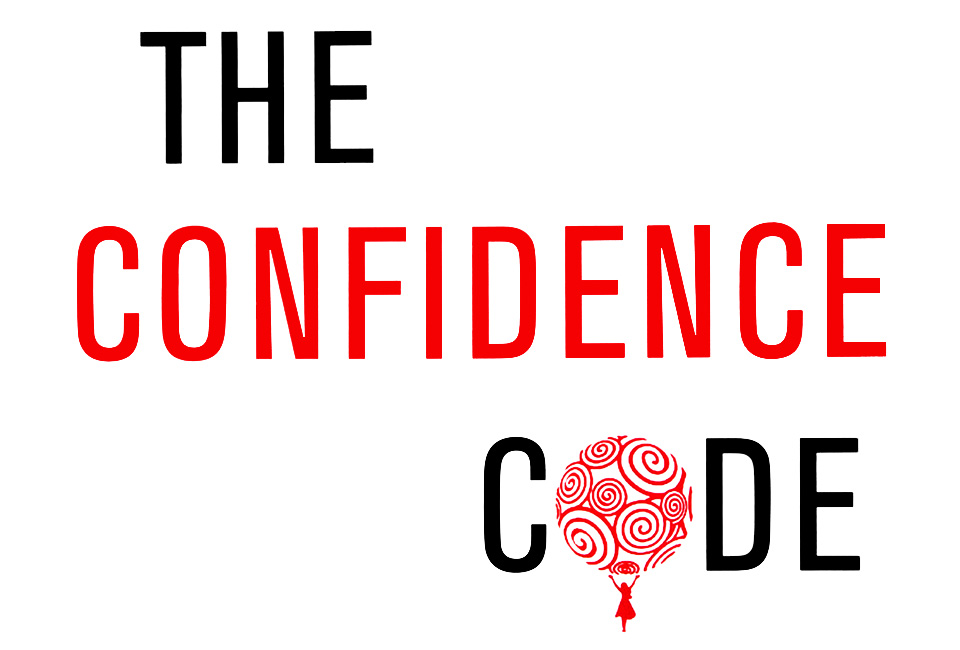
In researching their bestseller Womenomics, journalists Katty Kay and Claire Shipman discovered a curious thing: even some of the most successful women, at the top of their careers, lacked the self-assurance that many of their male colleagues had. So the pair did their homework and dug deeper, resulting in their new book The Confidence Code, which explores the culture and reasons behind this confidence gap. While the science of it all makes for a fascinating read — just wait till you get to the chapter about genes and brain plasticity — the authors have peppered in plenty of engaging (and personal) anecdotes as well as a handy how-to guide to upping your confidence factor. Here, we talk one-on-one with Katty.
We interviewed a lot of women for Womenomics — super-successful, talented women — who had a kind of self-doubt, which we thought was odd at the time. Then we watched Sheryl Sandberg do a Ted Talk where she talked about feeling like a fraud in meetings. We thought, “My God, if Sheryl Sandberg feels like a fraud…”
And we knew we were on to something when…
We started speaking to academics, psychologists and people in business schools who, one by one, confirmed that there was this thing called a confidence gap between men and women. That’s when we realized we needed to write something about this. Because we have all the power, the potential, the competence and while, sure, there are external factors, there does seem to be one big internal hurdle. If we could decode it, then we could write something that could help us overcome it.
The one thing I want readers to take away…
That you have to take action. Whether it’s something as simple as walking across the room to meet a stranger or asking for a pay raise, you have to try it. It’s only in taking action that you will go outside your comfort zone, try new things and realize you can do these things. Even if you don’t succeed, you’re still standing.
When in self-doubt, one helpful tip…
Apply the three-to-one rule. When you end up dwelling on the one thing you did wrong, force yourself to think of three good things you did. You force your brain to think good things — you repeat it, repeat it, repeat it and eventually it becomes easier.
One way women hold themselves back…
By being perfectionists. We have this idea that everything we do has to be done just right and until it is, we’re not going to put it out there for public consumption. But if you embrace the idea of fast failing — where, say, you spend a day instead of a week endlessly editing a paper — you’ve got less time and emotional energy invested in it. If it’s shot down, it’s not quite such a big deal for you. So put that paper out there, ask that question, suggest the idea, raise your hand in the meeting… Fast failing gets us over the hurdles of taking risks and the fear of failing, which are two big confidence killers for women.
To help your children build confidence…
Encourage your kids to take action. Push your kids to do things for themselves. Don’t overpraise them when they do one little thing right. For the last few decades, the self-esteem movement has been focused on telling kids, “Everyone’s a winner, you’re fabulous as you are.” What it’s done is create a fragile self-esteem. So let them fall over, let them lose at soccer — without being cruel, of course — but it’s a way to help them build things they can then feel proud of and say, “Look, I achieved that.”
To help your children build confidence, part II…
Come up with a list of things your children should be able to do for themselves. Our friend Jane Wurwand, the founder of Dermalogica, has a list that’s as simple as taking the bus, frying an egg, sewing a hem, changing a button. I also think it’s incredibly important not to keep telling girls to be good girls all the time, that they should be quiet and obedient and can’t raise their voices and ask too many questions… that’s a real problem.
When it comes to confident body language…
Sit up straight and pull in your abs. Holding your chin up and nodding your head occasionally also projects confidence. It makes people think you’re engaged.
The confidence code, style-wise…
This sounds like a real cliché, but feeling comfortable in what you’re wearing and looking tidy and presentable makes a huge difference to your confidence. The other thing — don’t be afraid of color. Because the older we get, the nicer it is to have color near our faces; it just kind of lifts you up.
And lastly…
We did an interview with a group of women at the State Department — young parliamentarians and emerging leaders from all around the world. A bunch of women from Africa were talking about confidence and said, for them, confidence was about feeling safe in their homes, feeling that they’re not going to be harassed at work or have their bags stolen on the bus. It was a really humbling experience. It doesn’t negate the value of confidence for women in our society, but we should always remember what confidence means for other women, too.
